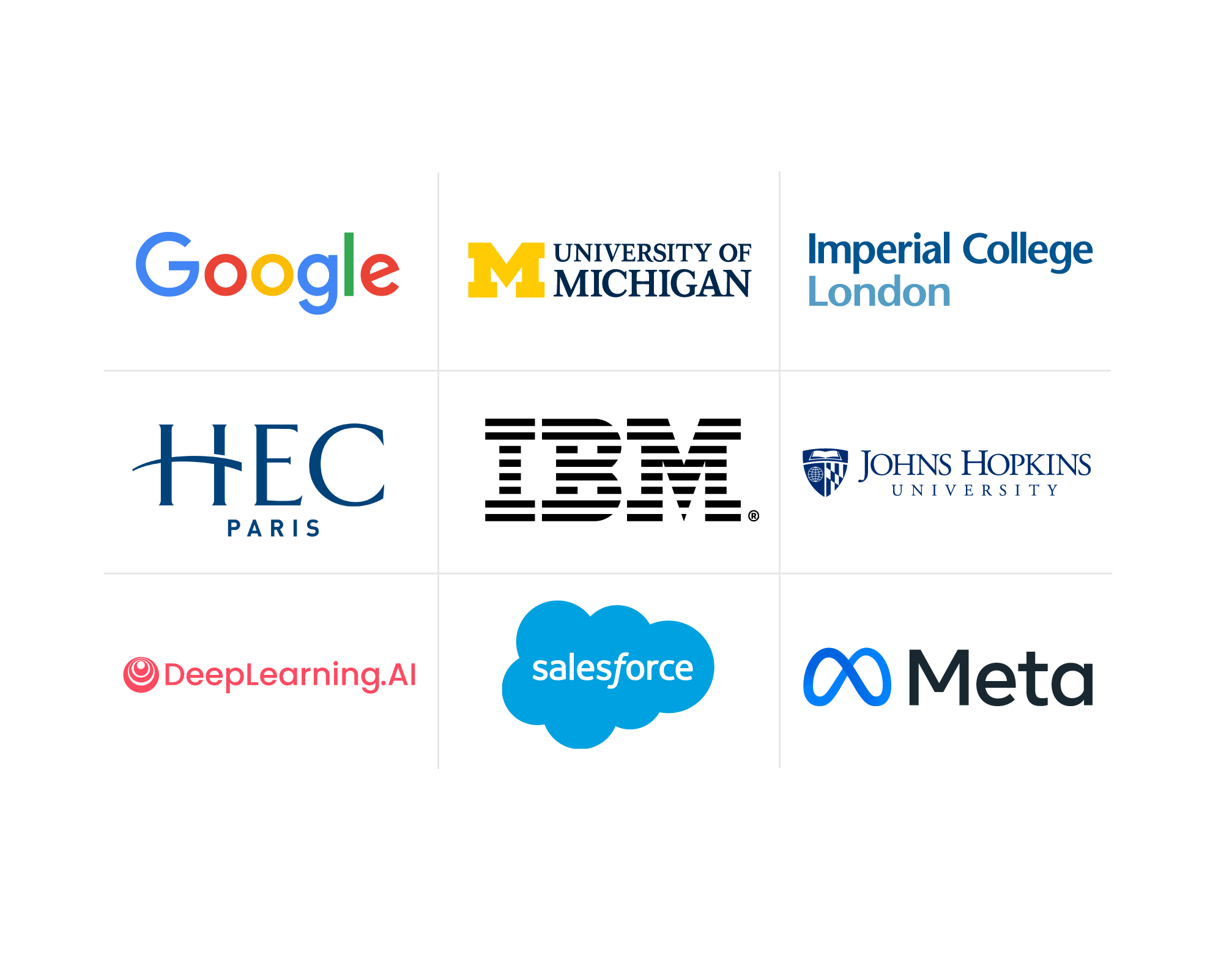4 Types of Competency Gaps in the Corporate Landscape
Explore four common types of competency gaps in the workplace, including technical skill and knowledge gaps, leadership and management gaps, communication and interpersonal gaps, and change management and agility gaps.
![[Featured image] Marketing team working on a competency development plan](https://d3njjcbhbojbot.cloudfront.net/api/utilities/v1/imageproxy/https://images.ctfassets.net/2pudprfttvy6/5k9EpksS8zh0mqNHtS8Ngf/dded82068cb82fe9dc63cbccf444d63b/GettyImages-1179184956.jpg?w=1500&h=680&q=60&fit=fill&f=faces&fm=jpg&fl=progressive&auto=format%2Ccompress&dpr=1&w=1000)
In an ever-changing business landscape, you should be on the lookout for various types of competency gaps that can make it more challenging to achieve your organizational goals. Competency gaps are places where the competencies present in your team do not meet the competencies your company needs to optimize its productivity.
Competencies are another way of saying the knowledge and skills your workforce needs to function. For example, a restaurant requires staff to prepare and cook food, greet and serve customers, wait on tables, wash dishes, and sometimes prepare cocktails. For the restaurant to run smoothly, it must hire people to manage these tasks. If something changes—for example, an employee quits, you receive customer complaints, or you decide to change your menu—you can run a competency gap analysis to shed some light on areas you need to supplement. For instance, you might need to hire a new host or add more waitstaff to accommodate the competencies necessary for the restaurant to thrive.
Continue reading to explore four types of competency gaps in the workplace, including technical skills, leadership and management, communication, and change management gaps.
What is a competency gap?
When you have a discrepancy between the skills your company needs to be successful and the skills your employees have, it’s known as a competency gap. Also commonly referred to as a skill gap, it can happen for many reasons, but technology is a typical driver. Whether it’s a new technology that your employees need to learn, technology changing the nature of how Americans expect to show up for work, or just industry changes fueled by innovations like AI and machine learning, a skill gap can quickly emerge between the skills your employee have and the skills your company needs to achieve their organizational goals.
Why are competencies necessary for business?
Creating a competency map and examining your team’s skills is a way to proactively look for problems before they occur and plan for the future with training and development or by hiring new employees with skills not currently present on your team. Some of the benefits of competency mapping include:
Employees and employers both understand the role better. Competency mapping explains exactly which skills employees need to be successful in their roles, including the skills that might not be obvious.
You have a framework for talking to employees about their performance. When it comes time to deliver performance reviews, you can refer to your competency guidelines as a metric for evaluating your employees' performance.
You can tailor learning and development experiences to employees’ needs. Competency mapping helps you easily understand which roles at your company would benefit from training and development. For example, if you had the opportunity to train anyone in your company who uses a specific tool, you could use competency mapping to identify which job titles would benefit from that training.
You have more information for smarter hiring. You can use competency mapping to identify which skills new hires should have before onboarding.
You can assign work to those with the proper skills. Competency mapping can help you understand which of your staff have the skill set that best matches the needs of any given project.
4 types of competency gaps
When you want to determine whether your company faces competency gaps, it can be helpful to consider different types of competency gaps, including technical skills and knowledge gaps, leadership and management gaps, communication and interpersonal gaps, and change management and agility competency gaps. Although you may find other types of competency gaps in your company, many fall under the following four categories:
1. Technical skills and knowledge gaps
One common type of competency gap is a technical skills or knowledge gap, which happens when your employees require more training with a new tool, resource, or industry standard. For example, many retail stores now offer customers additional payment methods, such as mobile pay or through other digital accounts. When you implement a new point-of-sale system in your company, you will need to provide your employees with proper training on how to use the machine.
Depending on your industry, you will have a unique set of requirements for your staff to be competent in, including:
Critical thinking
Problem-solving
Automation and robotics
Cybersecurity
Proficiency in specific software or tools
When you discover that employees don’t have the proper knowledge or skills, take steps to address your technical skill competency gap to prevent problems from happening in the future.
2. Leadership and management competency gaps
Another competency gap you may encounter is a leadership or management competency gap, which occurs when your team needs to improve or add upon its leadership skills or positions to move the company toward its goals. It can happen for various reasons. For example, your company could experience a pipeline competency gap, where your company expands rapidly and doesn’t have enough internal leaders to fill expanding roles. Another example of a management gap is intercompany gaps, where individual departments become siloed, and your company lacks the leader to unify operations.
Leadership and management competency gaps can also arise from new technologies, shifting business models in disrupted industries, and outdated leadership models. Some companies develop management gaps when they don’t offer enough training and development to prepare staff for leadership roles and senior employees retire.
Read more: Your 2024 Guide to Charismatic Leadership
3. Communication and interpersonal skills gaps
Communication and interpersonal skills are essential in every industry and career, from working with customers to collaborating with colleagues. At the same time, leaders regularly identify these skills among those they need. Interpersonal competencies can include skills like articulating new ideas and conveying messages effectively in written form. These skills have always been necessary, but they take on new significance in a post-COVID world, where virtual meetings and communication through virtual messaging are more common.
Communication and interpersonal competency gaps can occur for many reasons, including a lack of training in managing interpersonal relations with colleagues, cultural differences, or issues that trace back to company culture, such as employee engagement, attitude, or motivation to do well. These gaps can also reflect that your employees need better and more effective communication tools.
4. Adaptability and change management gaps
An adaptability and change management competency gap exists when company leaders aren’t prepared or don’t have the project management knowledge to successfully guide the company through changes. For example, a company’s leadership might understand how they want to change but lack the skills to organize and plan the transition from the status quo to future goals. Or, your team might have the opposite problem and include team members with the skills needed to make the change but not the skills to create an overall strategy and vision for how the company should make changes.
All companies experience change, from changes in staff to changes in the industry or regulations. Your company’s ability to adapt to changes will help it stay relevant for years to come.
Read more: Why Your Company Needs Management Development and How to Start

Strategies to overcome competency gaps
Regardless of the competency gap you want to overcome, you can take steps today to mitigate the associated risks. Below are some tips to help you close any type of competency gap in your company.
Complete a competency map and a competency gap analysis. Understanding what your company does well and areas where your team could improve is essential. The first step is to create a competency map of the skills your company requires and the skills represented in your current team.
Develop training programs that emphasize future leadership. By fostering your employees' skills and providing them with opportunities for personal and professional development, you can prepare in advance to avoid future competency gaps in leadership.
Communicate clear expectations with all staff about their job role and performance requirements. Clear guidelines about each person’s responsibilities help both employees and employers. Doing this allows employees to take the initiative to improve skills they lack and provides a framework for employers to evaluate skills.
Match employees in mentorship and coaching programs. Mentorship and coaching programs are beneficial for establishing lines of succession and planning for agility in the future. You can leverage the expertise of more senior staff members to nurture the professional development of less experienced staff.
Create individualized learning goals. You can utilize your competency map and succession planning to create learning and development pathways individualized to each team member, considering their specific career goals.
Close competency gaps with Coursera
The first step to closing competency gaps is determining which competency gaps exist in your company and then tailoring a solution that fits your needs.
Looking for help? Promote leadership skills throughout your organization by developing employees who innovate and inspire. With the Leadership Academy from Coursera, employees can learn the skills needed to lead your business into the future. With Coursera for Business, you’ll build effective managers at every level with beginner and advanced-level leadership content, including 40+ SkillSets to drive soft skill proficiency across the entire organization.
This content has been made available for informational purposes only. Learners are advised to conduct additional research to ensure that courses and other credentials pursued meet their personal, professional, and financial goals.


